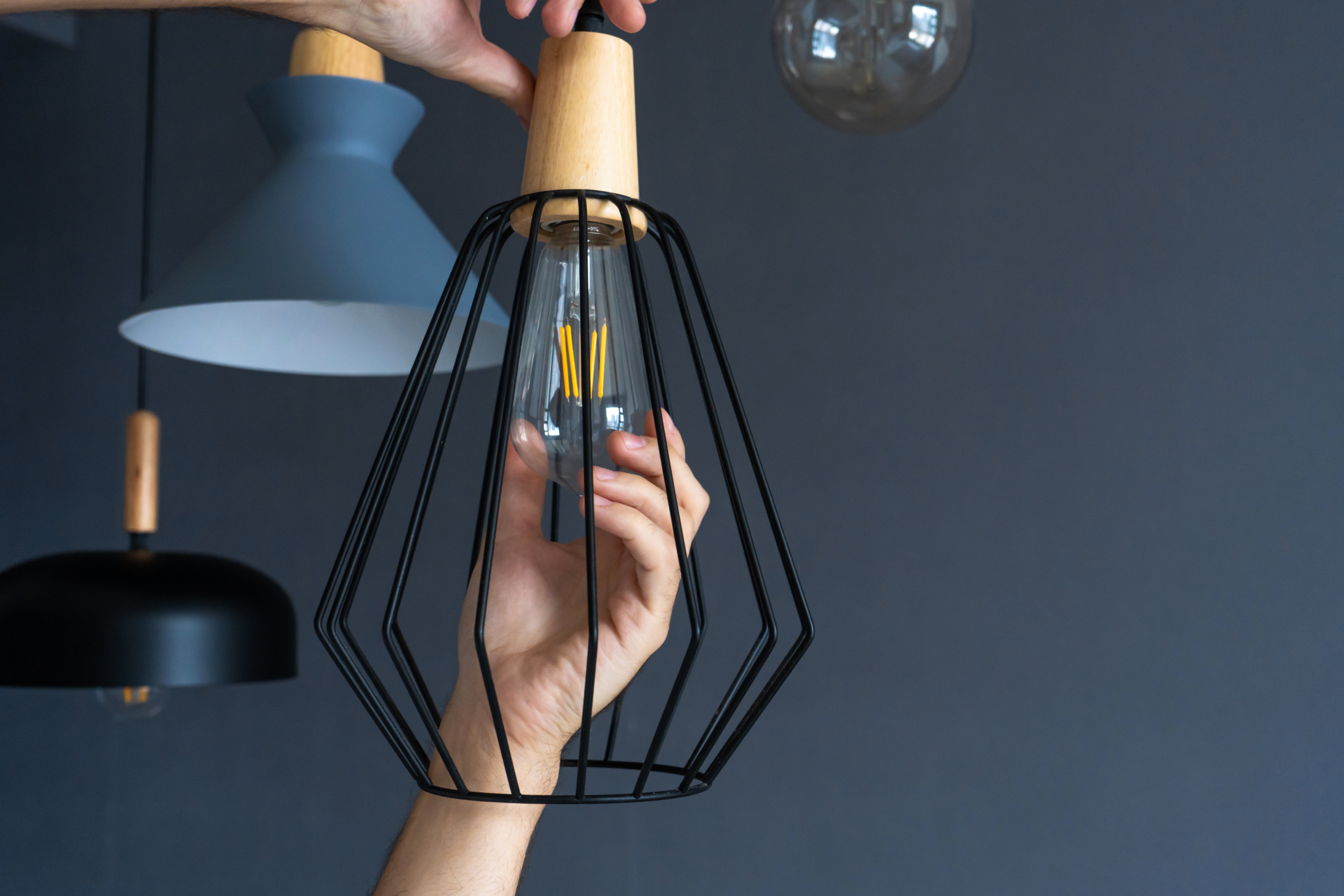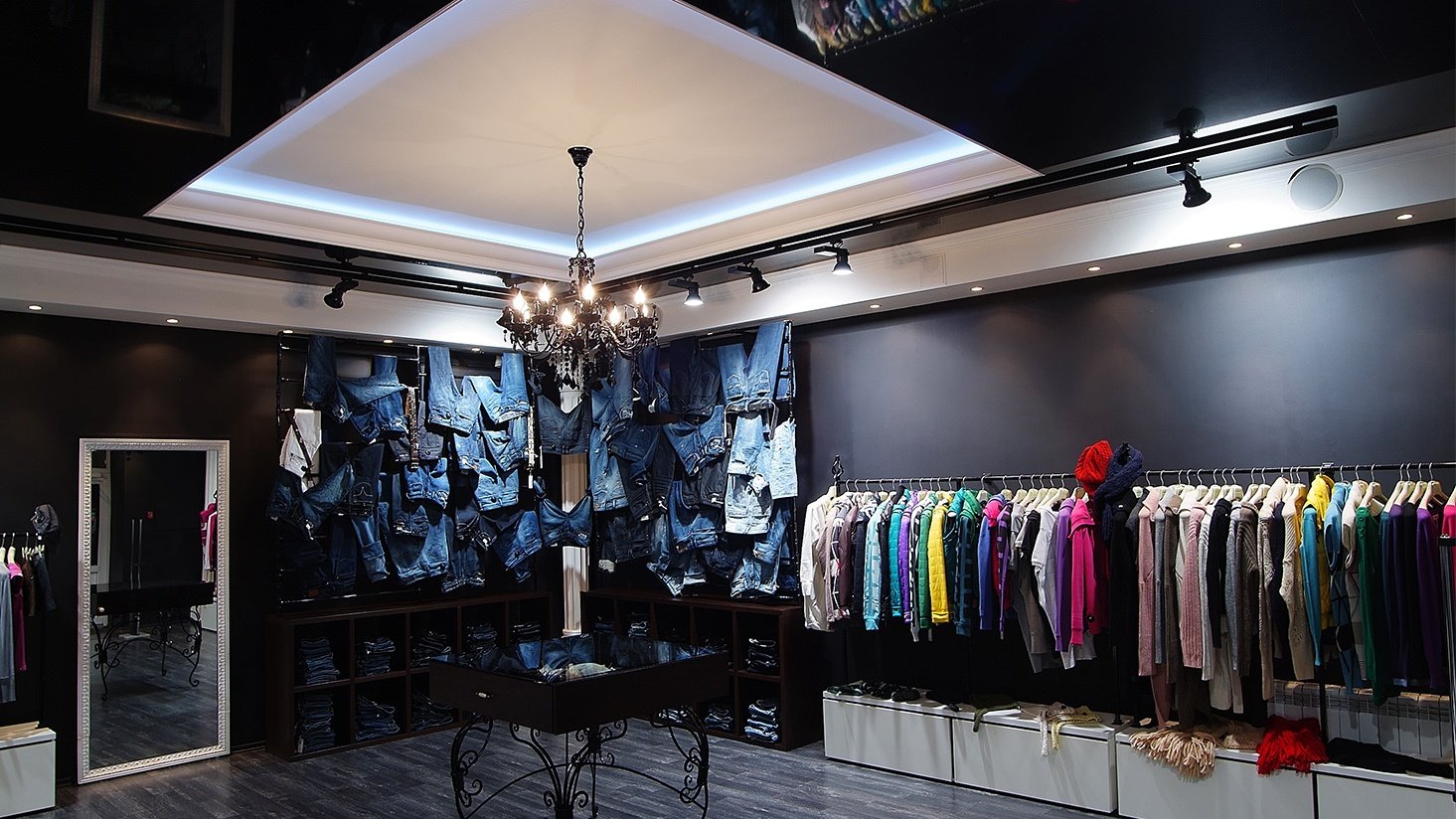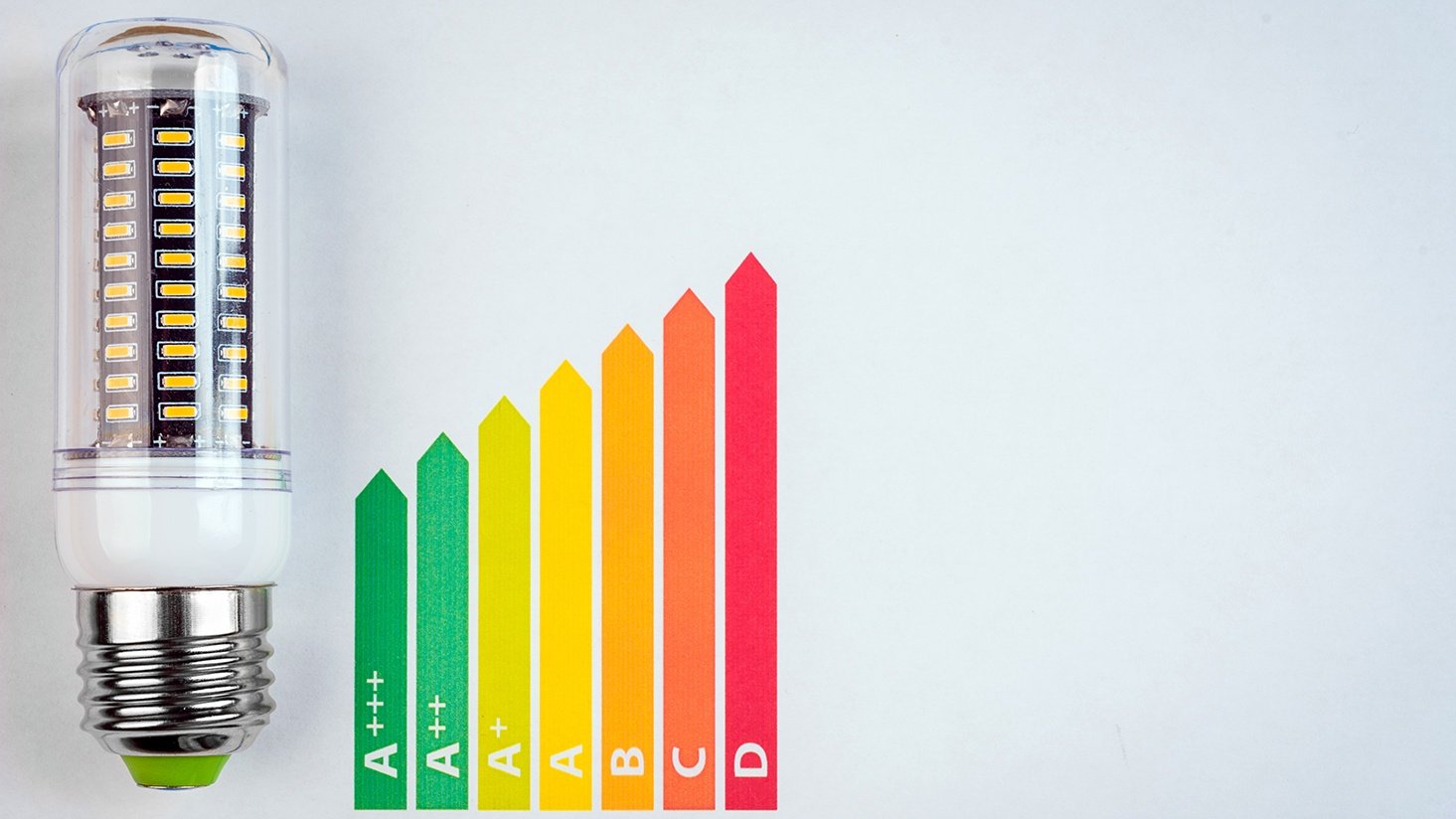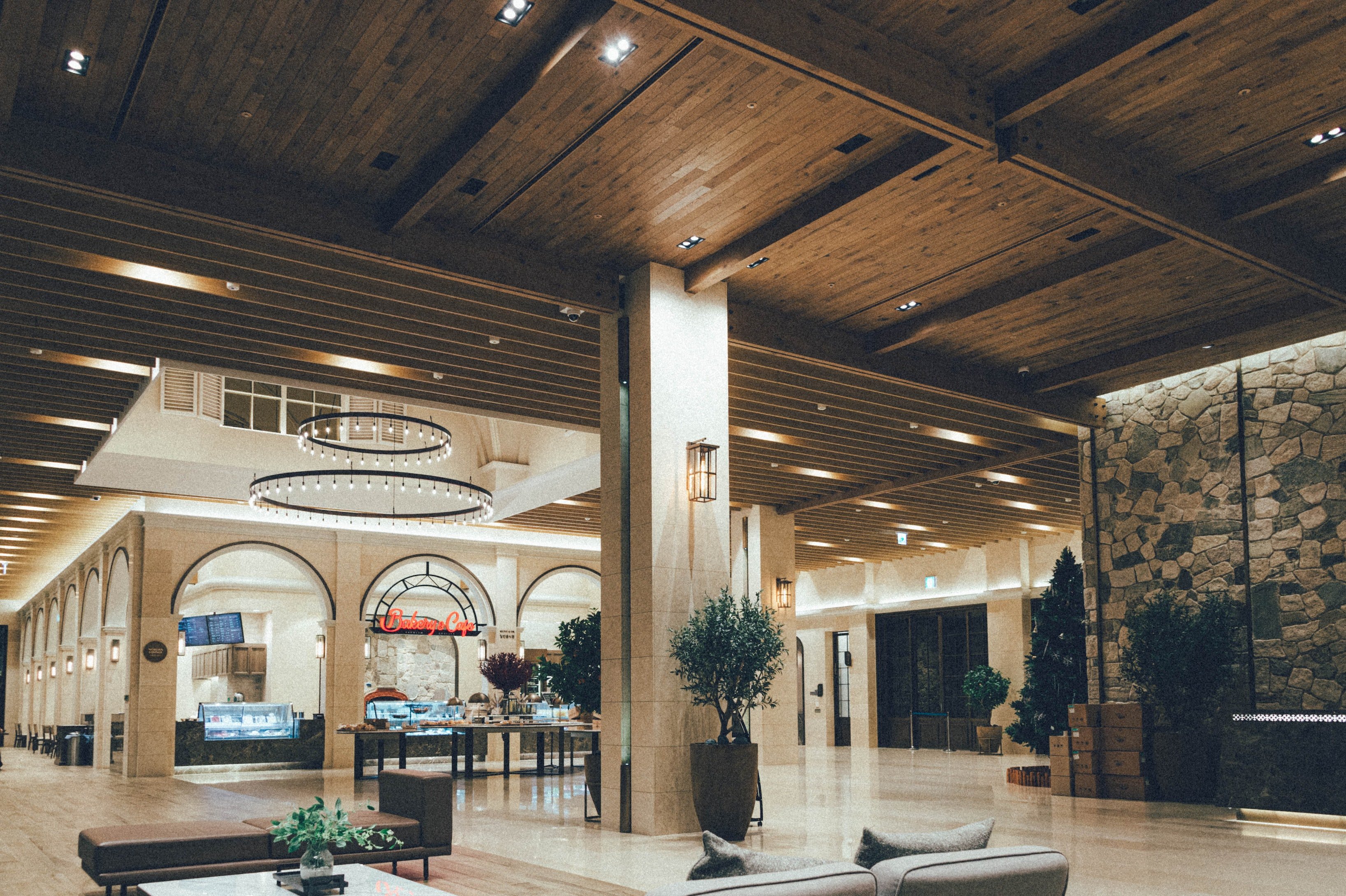The best LED replacements for common halogen light bulbs
Intro: Would be good to mention the DOE updates and the fact that most halogen bulbs will become discontinued and unavailable in the near future.
Halogen light bulbs were designed to be an efficient alternative to incandescent light bulbs. But now — there's an even more efficient alternative: LEDs.
LED technology has completely changed the game when it comes to saving energy. So much so that most halogen bulbs will become discontinued and unavailable in the near future because of restrictions imposed by the Department of Energy. Now is the time to make the switch from halogen to LED light bulbs.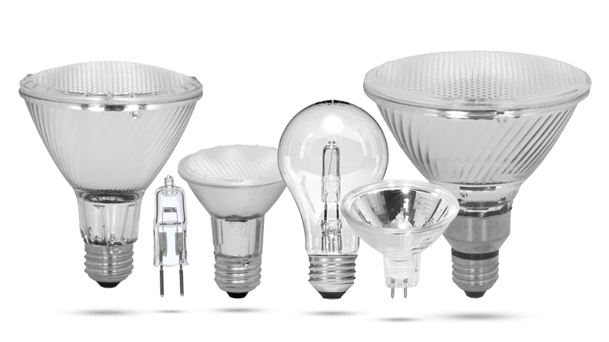
Tips for finding LED equivalents for halogen light bulbs
When you’re replacing a halogen light bulb, there are a few specifications that are important to consider to make sure the light bulb will work and you’ll be happy with the light.
1. Check the light bulb base
In commercial applications, you want to make sure you consider the base. In most applications where you would find a halogen light bulb the three most common bases are medium (E26), mini-can (E11), and bi-pin (GU5.3 and others). There are others, but you’re probably looking for a specialty bulb at that point.
2. Check the light bulb color
Most halogen light bulbs give off a warm to neutral color (technically, around 3000K in light color temperature). There are also “daylight” halogens bulbs, though, and these are in the 4000K to 5000K color temperature range. When you’re replacing lighting, having consistent light color is important for the mood and brand of the space.
3. Check for dimming
All halogen lighting is dimmable, but not all LED light bulbs are dimmable. This is critical to factor in if you’re upgrading to LED. Keep in mind that dimming LEDs can be tricky, so make sure your dimmer is compatible with LEDs or that you replace your dimmer as well.
Common LEDs for A19 shape light bulbs
A-shape light bulbs are the quintessential light bulb shape. Originally A19 light bulbs were incandescent, but energy efficiency regulations caused many A19 bulbs to transition to halogen. These are what you typically find in a table lamp, but we’ve run across these in downlights, track heads, and all sorts of places.
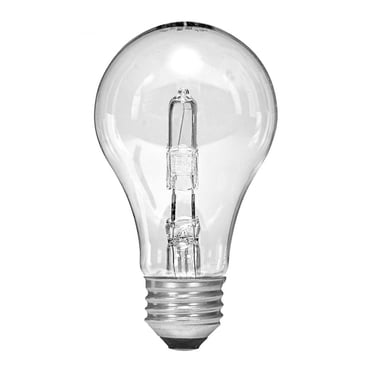 |
| Most common shape abbreviations: A19, A21 |
| Most common base: E26 (Medium) |
Here are our top recommendations for medium-base a-shape LED bulbs.
If you are looking for ultra-warm antique filament style LED bulbs, here are recommendations.
Common LEDs for halogen reflectors like PAR20s, PAR30s, and PAR38s
Reflectors used to be the most common light bulb to find in a track head and downlight. These are the workhorse in retail, restaurant, museums, and basically any application where you want lighting to highlight something in a space.
Halogen reflectors use a significant amount of energy for their light output, so an LED upgrade typically pays for itself quickly, but you also need to be careful about checking for dimming compatibility.
If you’re working with a downlight, you may want to consider a retrofit kit as a possible upgrade.
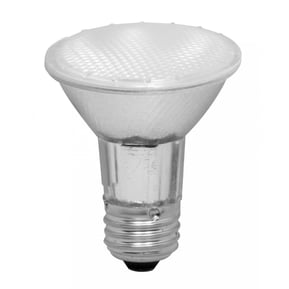 |
| Most common shape abbreviations: PAR20, PAR30, PAR30LN, PAR38 |
| Most common base: E26 (Medium) |
Here are our top recommendations for PAR20 LED bulbs.
Here are our top recommendations for PAR30 and PAR30LN LED bulbs.
Here are our top recommendations for PAR38 LED bulbs.
Common LEDs for MR light bulbs
MR16’s are one of the most recognizable light bulbs next to the basic Edison bulb. These small “spot lights” are used in a wide range of applications and look elegant while highlighting products, artwork, menu boards, and more.
As with the larger halogen reflectors, these use a significant amount of energy for their light output, so an LED upgrade typically pays for itself quickly, but you also need to be careful about checking for dimming compatibility and any voltage transformers.
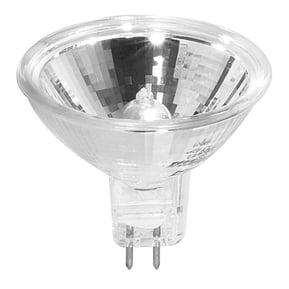
|
| Most common shape abbreviations: MR16, MR11 |
| Most common base: GU5.3 (Bi-pin), GU10 (Bi-pin Twist & Lock), GU4 (Bi-pin) |
Here are our top recommendations for MR16 LED bulbs.
Here are our top recommendations for MR11 LED bulbs.
Common LEDs for bi-pin and single-ended halogen light bulbs
Bi-pin and single-ended halogen bulbs are commonly found inside an enclosed fixture (think landscape or façade lighting). You may not think about these very much, but the small size and high-wattage mean they give quite a punch in light output.
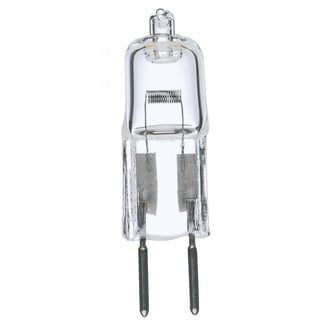 |
| Most common shape abbreviations: T3, T4 |
| Most common base: E11 (Mini-can), BA15d (Double Contact Bayonet), R7S (Recessed Single Contact), G4 (Bi-pin), G9 (Bi-pin), GY6.35 (Bi-pin) |
Here are our recommendations for bi-pin LED bulbs.
Here are our recommendations for single-ended LED bulbs.
Other resources for replacing incandescent light bulbs
When it comes to upgrading to LED lighting, we’ve helped countless businesses save money, reduce maintenance issues, and upgrade the aesthetics and functionality of their spaces. If you’re being impacted by the phase-out of most halogen lighting, we can help you select the right products and ensure that you have a solid plan for rolling out new lighting. You can schedule time with our team here.
We’ve also prepared a guide to lighting applications that commonly use incandescent or halogen light bulbs. Another resource you may find helpful is this guide to common LED lighting terminology and specs.
Finally, if you’re wondering how much you would save after upgrading to LED, you can check out our energy savings calculator or download our guide to energy savings calculations.





